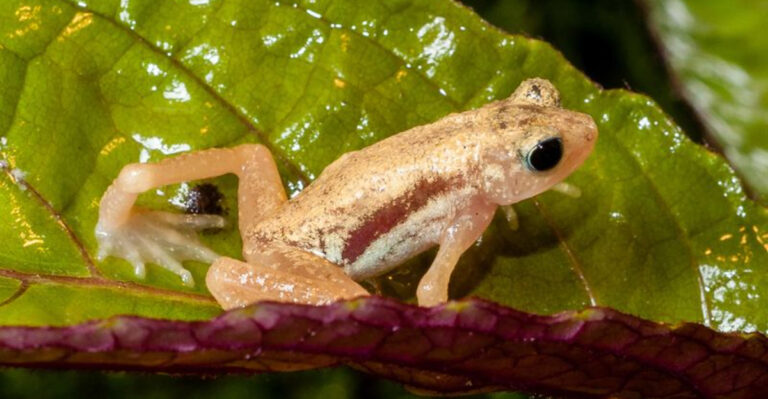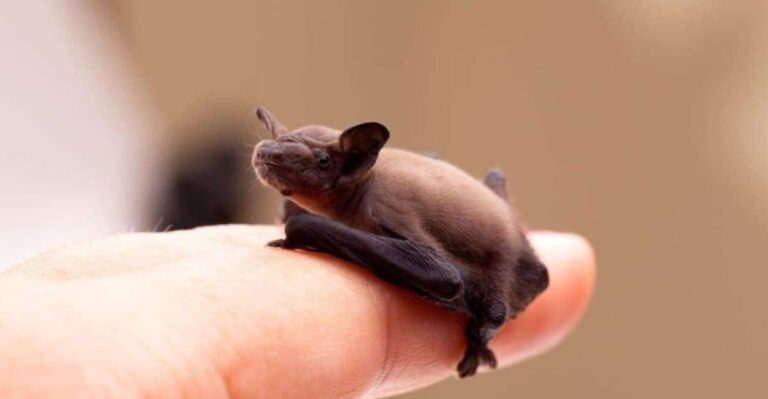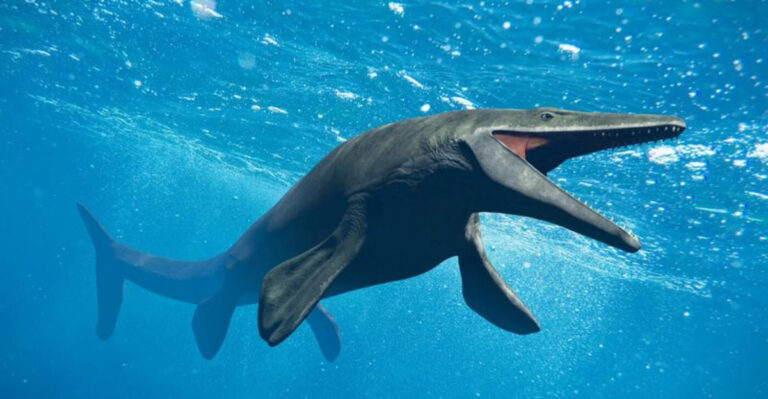Crocodile Vs. Alligator: 12 Key Differences You Might Not Know
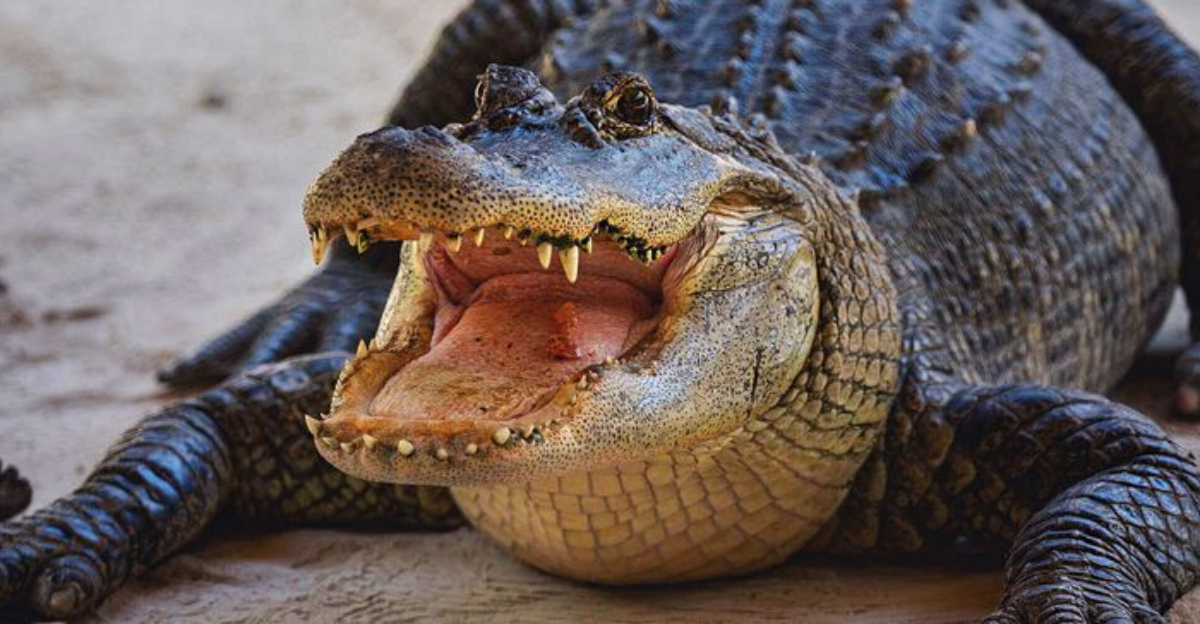
Crocodiles and alligators often leave people scratching their heads when it comes to telling them apart.
While they share some similarities, they have distinct features that make them unique in fascinating ways. So next time you come across these reptiles, you’ll know exactly what sets them apart!
1. Coloration
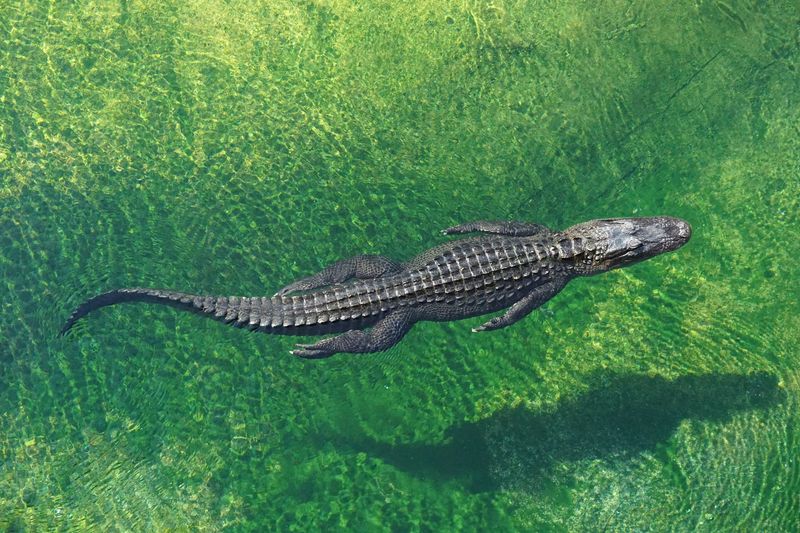
Color can be a handy clue when figuring out whether you’re looking at a crocodile or an alligator.
Alligators usually sport a darker, almost black color that helps them blend into the murky waters of freshwater habitats.
Crocodiles, on the other hand, have a lighter, olive-brown tint, perfect for blending into their saltwater surroundings.
It’s a small but noticeable difference once you know what to look for.
2. Habitat Preferences
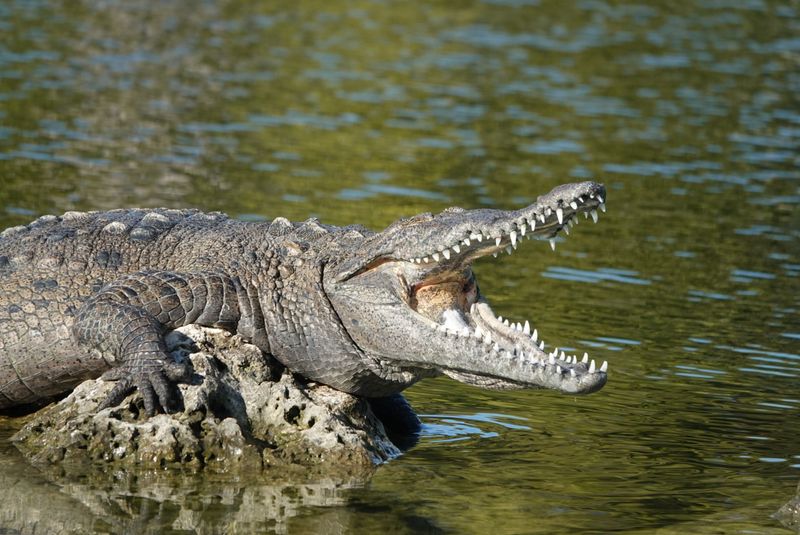
Crocodiles and alligators have very different habitat preferences, which can help you tell them apart.
Alligators prefer freshwater habitats like swamps, rivers, and marshes because they can’t handle saltwater for long.
On the other hand, crocodiles thrive in saltwater or brackish water, thanks to special glands in their tongues that get rid of excess salt.
So, next time you’re out and about, pay attention to where you spot one of these reptiles. Their chosen habitat says a lot about their species and their unique survival skills!
3. Jawline Visibility
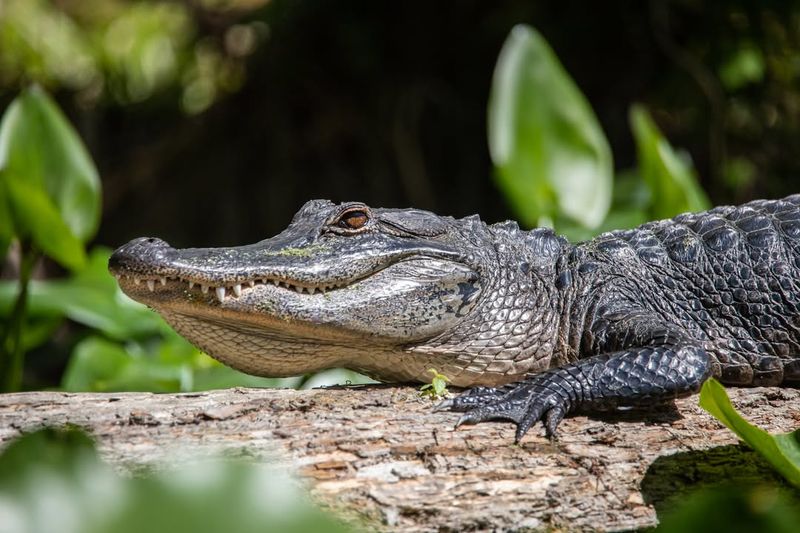
A fun way to spot the difference between these two reptiles is by checking out their jawlines.
Alligators have a wide upper jaw, so when they close their mouths, only their top teeth show.
Crocodiles, on the other hand, have nearly the same width in both jaws, so their teeth are visible even when their mouths are shut.
This toothy grin is a surefire way to tell them apart!
4. Thermoregulation Tactics
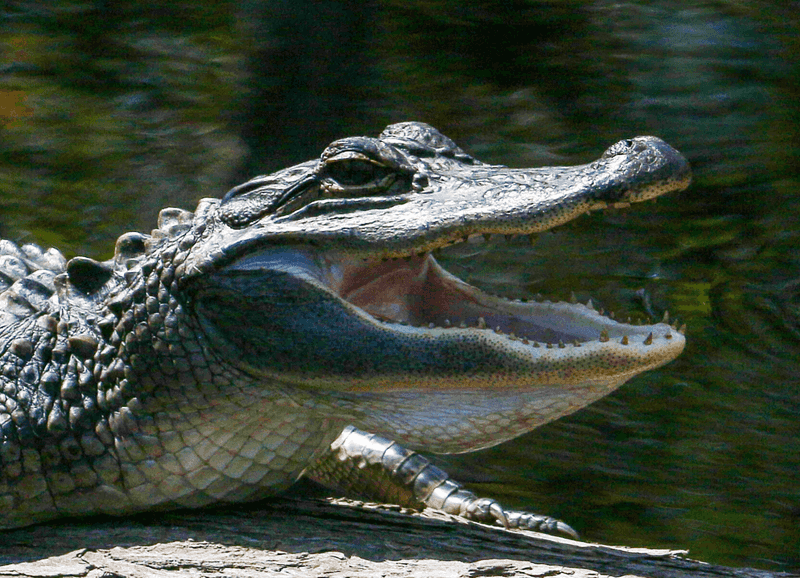
Basking in the sun may seem alike, but crocodiles and alligators have different thermoregulation tactics.
While both enjoy sunbathing, crocodiles are known to hold their mouths open wide to regulate body temperature. This peculiar posture helps release excess heat with ease.
Alligators, contrastingly, often remain still with their mouths closed, relying more on seeking shade or water to cool down.
Their approach reflects a more conservative energy strategy.
5. Geographic Distribution
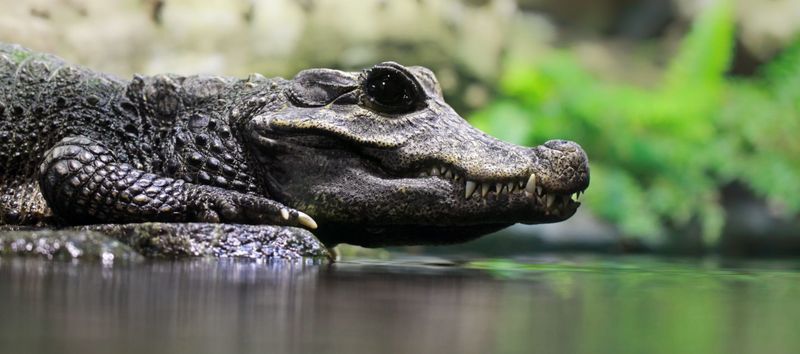
Geography is a big giveaway when it comes to telling crocodiles and alligators apart. Alligators are mostly found in the southeastern U.S. and China, living in specific freshwater habitats.
Crocodiles, however, have a much broader range, thriving in places like Africa, Australia, Southeast Asia, and the Americas. Their adaptability lets them survive in both tropical and subtropical climates.
Knowing where they live can help you spot these reptiles in the wild. It also highlights how each species has evolved to thrive in different environments across the globe!
6. Behavioral Traits
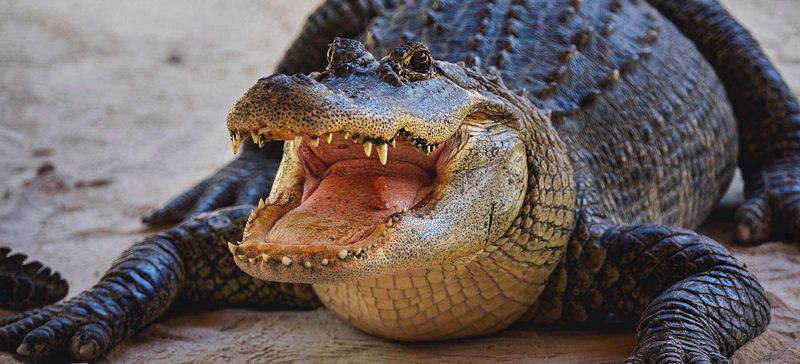
When it comes to behavior, crocodiles and alligators couldn’t be more different.
Crocodiles are more aggressive and territorial, often seen basking with their mouths open to regulate temperature and show dominance.
Alligators, on the other hand, are more shy and reserved, staying mostly submerged with just their eyes and nostrils poking above the water.
This behavior helps them stay less noticeable while hunting.
7. Reproductive Habits
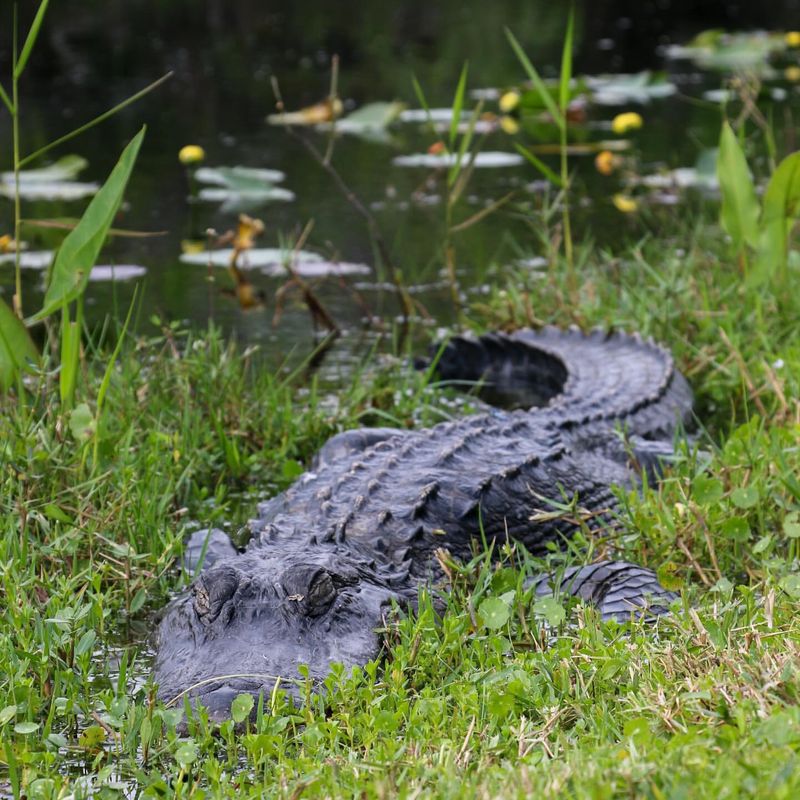
Lifespan is another fascinating difference between crocodiles and alligators.
Alligators usually live between 30 to 50 years, with their more stable habitats playing a big role in their longevity.
Crocodiles, on the other hand, can live much longer, often reaching 70 years or more, thanks to their wider range of habitats and varied diets.
8. Lifespan Differences
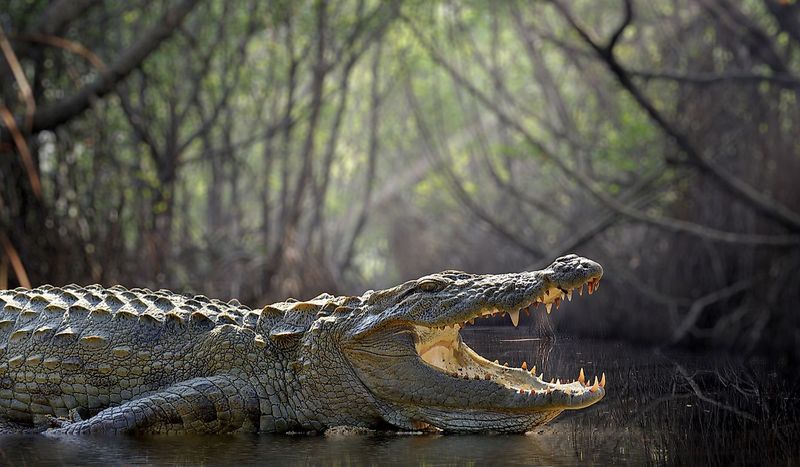
Lifespan is another intriguing aspect where these reptiles differ. Alligators, on average, live between 30 to 50 years.
Their lifespan is influenced by factors such as habitat, diet, and predation pressures, typical of their more limited and stable environments.
Crocodiles tend to live longer, with some reaching up to 70 years or more.
Their longevity can be attributed to their broader range of habitats and diverse diets, which offer varied resources for survival.
9. Size And Growth Rates
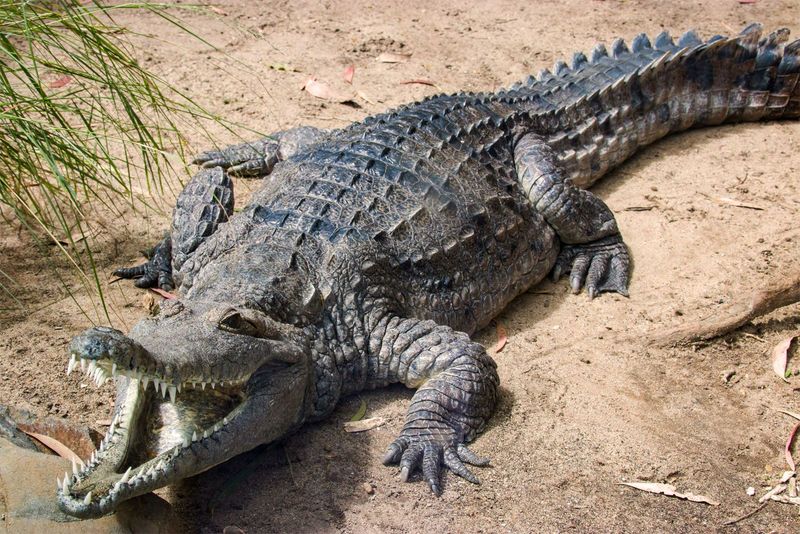
Size is a big difference between crocodiles and alligators. Crocodiles are generally much larger, with some males reaching up to 23 feet, depending on the species.
Alligators, however, tend to be smaller, with males rarely exceeding 13 feet. This is due to the more limited resources in their freshwater habitats.
10. Social Structures
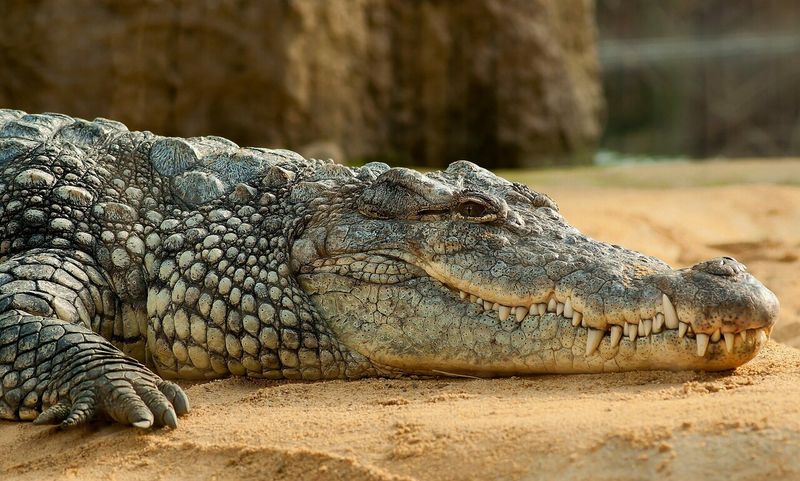
Social behavior is another area where crocodiles and alligators differ.
Crocodiles are more social, often basking in groups and engaging in complex interactions, which helps with thermoregulation and protection.
Alligators, on the other hand, tend to be more solitary, found alone or in small groups. This fits their stealthy hunting style and territorial nature.
11. Secret Communication Signals
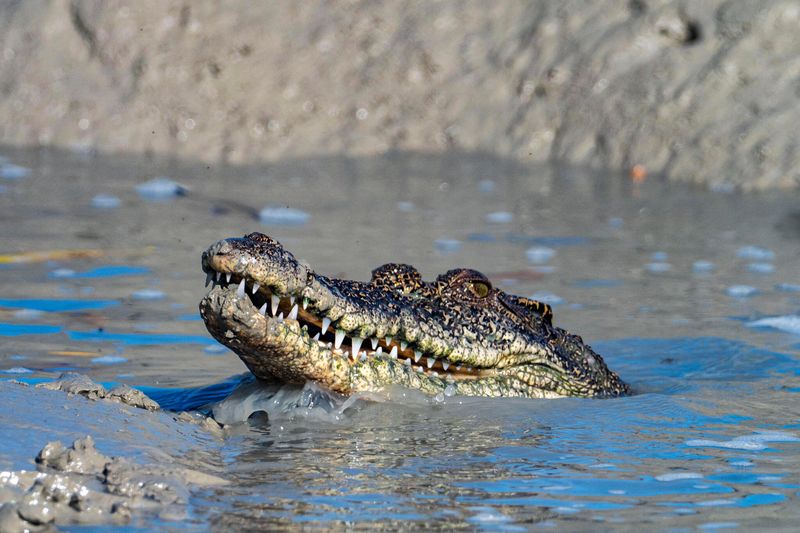
Imagine whispering through water! Crocodiles and alligators have a unique way of communicating that’s not visible to the naked eye.
They use subsonic signals to interact with each other underwater. This fascinating form of communication is like a secret language exchanged through gentle vibrations.
These vibrations can convey a range of messages, from warnings to mating calls.
Unlike typical vocalizations, these signals travel well beneath the water’s surface.
12. Snout Shape
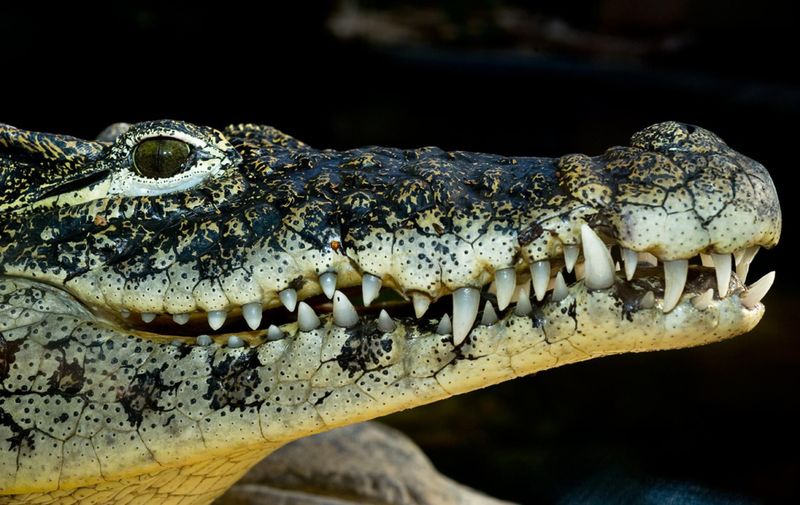
To tell these reptiles apart, just check out their snouts! Alligators have a wide, U-shaped snout, perfect for crushing hard-shelled prey like turtles.
Crocodiles, however, sport a sharper, V-shaped snout that’s designed for a more varied diet, from fish to mammals.
This difference isn’t just for looks – it reflects their hunting methods.
The snout shape also reveals how each reptile evolved to fit their environment. Next time you spot one, take a quick look at their snout to figure out which is which!

